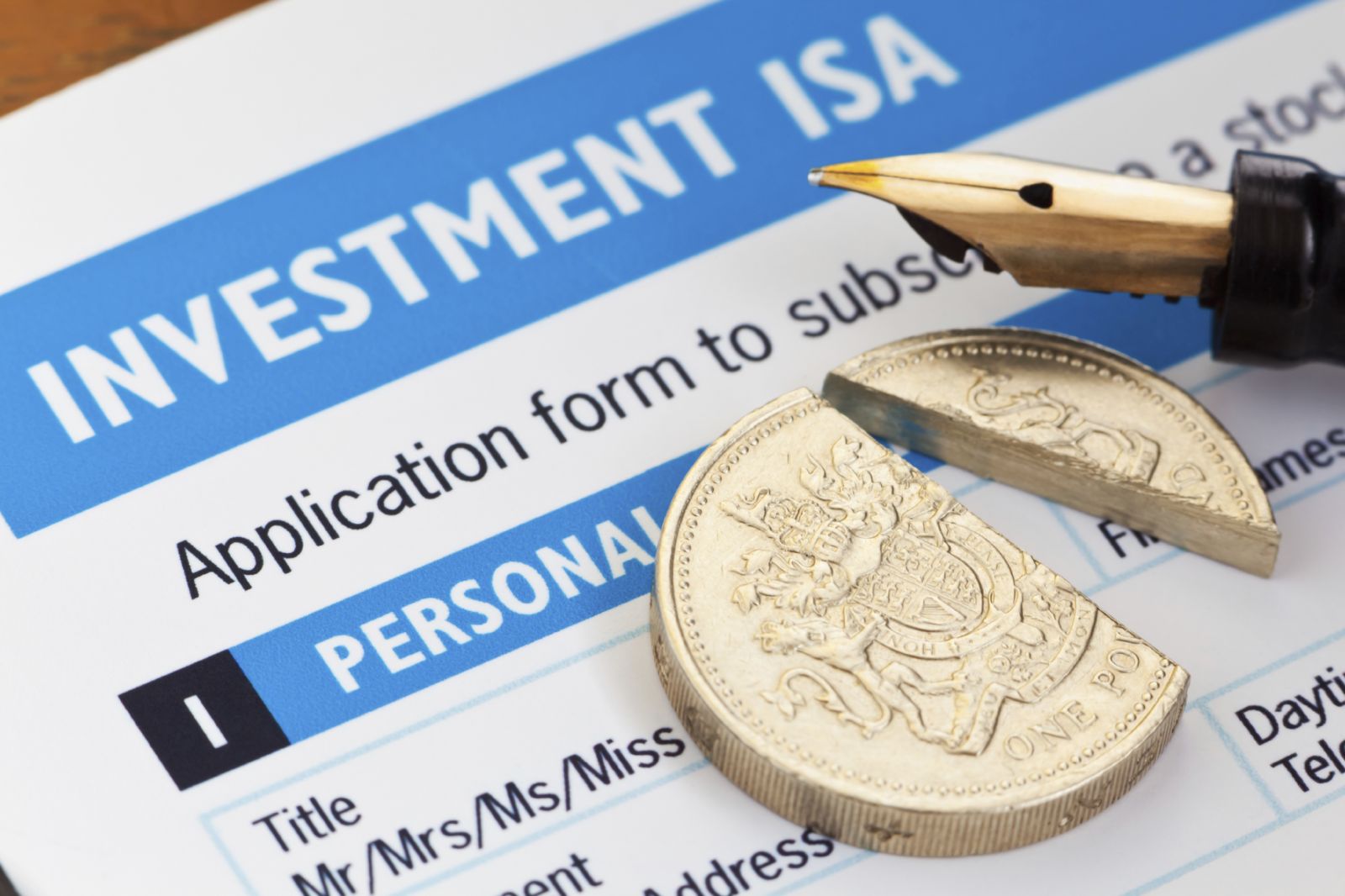Are ISAs becoming less attractive?
David Prosser looks at whether the changes to dividend tax will mean ISAs aren’t as valuable as they used to be.
 With less than five weeks to go until the end of the tax year, the “use it or lose it” warnings about investors’ annual individual savings account (ISA) allowances are now coming thick and fast. But do forthcoming changes to the way in which dividends are taxed mean that ISAs are becoming less attractive – particularly to the many investors who rely on income-generating investment companies, with their long track records of paying rising dividends, and tend to use their tax shelters to stock up on these closed-ended funds?
With less than five weeks to go until the end of the tax year, the “use it or lose it” warnings about investors’ annual individual savings account (ISA) allowances are now coming thick and fast. But do forthcoming changes to the way in which dividends are taxed mean that ISAs are becoming less attractive – particularly to the many investors who rely on income-generating investment companies, with their long track records of paying rising dividends, and tend to use their tax shelters to stock up on these closed-ended funds?
The issue is that from 6 April, all taxpayers will be entitled to receive up to £5,000 in dividend income each year from the companies in which they hold shares without paying any tax on the money at all – even if they don’t hold these shares within an ISA. And how many people receive as much as £5,000 in dividends from their investment company holdings?
That’s difficult to answer, but let’s assume we’re talking about investing in an investment company with a long and distinguished track record of raising dividends each year – of which there are dozens – and that the fund currently yields 6 per cent. That implies an investor would have to have a holding in the fund worth more than £83,300 for there to be tax liability on the dividends it pays from 6 April onwards.
That’s well over the current annual ISA allowance of £15,240 – in fact it’s the equivalent of more than five people’s annual ISA allowances combined. So surely, there’s no longer much point in using ISAs to shelter even generous yielding investment companies from tax?
Well, not so fast. First, it’s worth pointing out that it won’t usually cost investors much to put an ISA wrapper around their holdings – in terms of an additional charge or even in the opportunity cost of not being able to use the ISA for something else (because there isn’t an alternative where the tax saving would be more obvious).
Second, over time, investment portfolios can build in size remarkably quickly – and there’s also no knowing what will happen to dividend payments in the future; maybe they’ll rise even more rapidly than in previous years. As a result, investors may find themselves liable for tax on their dividends sooner than expected, but unable to go back to the ISA allowances they neglected to use in previous tax years.
In which case, the bill could be high. From April, for dividend payments above the £5,000 annual allowance, new and higher tax rates will apply. Basic-rate taxpayers will be charged 7.5% on the excess (they currently pay no tax on dividends received), while higher-rate and additional-rate taxpayers will have to pay 32.5% and 38.1% respectively, up from 25% and 30.56%.
Then there’s the question of capital gains tax (CGT). While investors are allowed to make a certain amount of profit each year without paying any CGT - £11,100 in the 2016-17 tax year – regular and long-term investors may soon find themselves in danger of breaching this threshold. They may be unable to realise investments when they need to, at least without triggering a tax bill. And by then it will be impossible to go back to previously unused ISA allowances.
ISAs, then, are potentially just as valuable as they have ever been. And closed-ended funds with a strong record of paying good incomes will represent a good opportunity to maximise the tax efficiency that the shelters offer.

